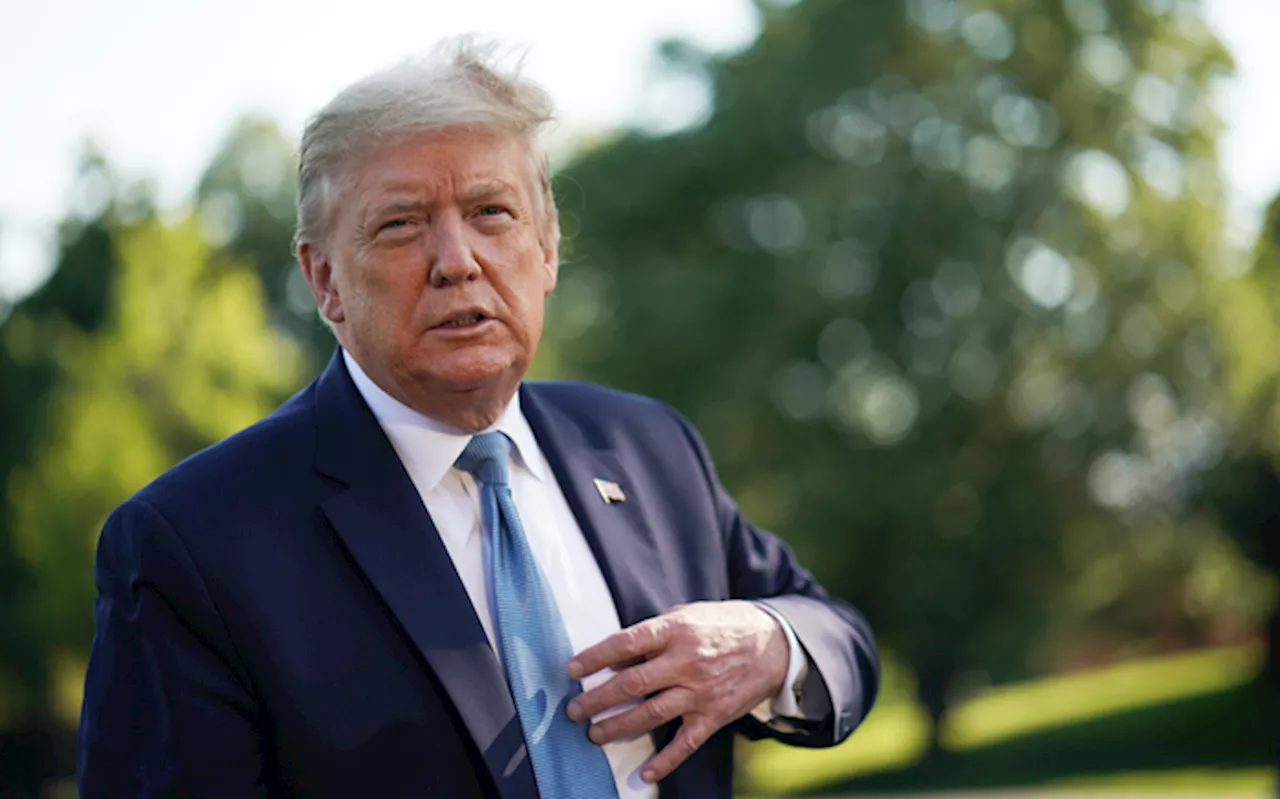NATO defense spending varies significantly across the alliance, with countries near the Russian border spending considerably more than those further away. While 22 of the 30 European members met the minimum two percent GDP target in 2024, exceptions exist, highlighting the uneven distribution of defense burden.
PARIS – While NATO countries living near the Russia n border pay well over two percent of their GDP on defense, those further away pay less. Twenty-two of the US-led defense alliance’s 30 European members met the minimum target for military spending in 2024, but that differed from place to place. On the eve of a meeting of NATO defense ministers, the alliance’s Secretary General Mark Rutte said on Wednesday that NATO members should pay “considerably more” for their defense.
US President Donald Trump has demanded an increase to five percent of national output. Poland led the pack in 2024, with a marked increase in its defence spending since Russia’s invasion of Ukraine nearly three years ago. Its spending grew from 1.88 percent of GDP in 2014 to 2.23 percent in 2022, 3.26 percent in 2023 and 4.12 percent in 2024. Apart from Poland, whose capital Warsaw lies some 1,150 kilometers from Moscow, four other countries with capitals less than 1,000 kilometers from the Kremlin are in the top five when it comes to defense spending. Estonia (3.43 percent), Latvia (3.15 percent), Lithuania (2.85 percent) and Finland (2.41 percent) all share a border with Russia. In the case of Spain, which spent just 1.28 percent on defence in 2024, its capital Madrid lies 3,450 kilometers from Moscow. On average those lying 1,000 kilometers from Moscow spend 0.6 percentage points more, according to an AFP count based on NATO figures. Of that $476 billion comes from European countries, just under half the $968 billion spent by the United States. Not accounting for inflation, the collective defense budget has grown by 30 percent since 2014 in the alliance and by 67 percent on the European continent. It was in 2014 that NATO countries committed to increase their defense spending, after Russia annexed the Crimea peninsula from Ukraine, to at least two percent of their gross domestic product. In 2024, 23 out of the 32 had honored that commitment, including 22 European members, as well as the United States. Several countries have called for the target to be increased. Trump, who accuses the other alliance members of not doing enough to ensure their own protection, has even spoken of five percent. In late January the French and German defense ministers estimated that two percent of GDP is insufficient for defense purposes. The two countries, the biggest European contributors in absolute figures, devote respectively $97.7 and $64.3 billion to their defense. Its president said in January that the country would earmark between five percent and six percent of its GDP to finance its defense needs between 2026 and 2030
NATO Defense Spending Russia Ukraine Military Budgets European Union
Philippines Latest News, Philippines Headlines
Similar News:You can also read news stories similar to this one that we have collected from other news sources.
 Spain Faces Challenges in Meeting NATO's Defense Spending GoalsSpain, a member of NATO since 1982, faces significant challenges in meeting the alliance's target of 2 percent of GDP on defense spending. Despite a recent increase in defense spending, Spain remains last among NATO's 32 members in terms of contributions to the alliance. Several factors contribute to this, including Spain's history of dictatorship, its distance from Europe's eastern flank, and the general unpopularity of militarism among Spanish voters. However, Spain's leaders emphasize the country's commitment to European security and point to its contributions to various EU and UN missions.
Spain Faces Challenges in Meeting NATO's Defense Spending GoalsSpain, a member of NATO since 1982, faces significant challenges in meeting the alliance's target of 2 percent of GDP on defense spending. Despite a recent increase in defense spending, Spain remains last among NATO's 32 members in terms of contributions to the alliance. Several factors contribute to this, including Spain's history of dictatorship, its distance from Europe's eastern flank, and the general unpopularity of militarism among Spanish voters. However, Spain's leaders emphasize the country's commitment to European security and point to its contributions to various EU and UN missions.
Read more »
 Germany to Increase Defense Spending to 3% of GDP, Regardless of Election OutcomeGermany plans to boost its defense budget to at least 3% of its economic output, regardless of the winner of the upcoming election. This commitment follows pressure from NATO Secretary General Mark Rutte and US President Donald Trump for increased defense spending. While Germany has already redirected funds towards military modernization after Russia's invasion of Ukraine, the source of this new funding remains unclear, as the country faces constitutional limits on borrowing.
Germany to Increase Defense Spending to 3% of GDP, Regardless of Election OutcomeGermany plans to boost its defense budget to at least 3% of its economic output, regardless of the winner of the upcoming election. This commitment follows pressure from NATO Secretary General Mark Rutte and US President Donald Trump for increased defense spending. While Germany has already redirected funds towards military modernization after Russia's invasion of Ukraine, the source of this new funding remains unclear, as the country faces constitutional limits on borrowing.
Read more »
 Philippines Increases Defense Spending to Strengthen Cooperation with AlliesThe Philippine government is actively increasing its defense spending to enhance its military capabilities and strengthen cooperation with allies, particularly in response to US President Donald Trump's appeal for increased defense expenditures among allies.
Philippines Increases Defense Spending to Strengthen Cooperation with AlliesThe Philippine government is actively increasing its defense spending to enhance its military capabilities and strengthen cooperation with allies, particularly in response to US President Donald Trump's appeal for increased defense expenditures among allies.
Read more »
 Defense chief to pressure allies on first NATO visitBRUSSELS, Belgium --New US Secretary of Defense Pete Hegseth arrives for his first meetings at NATO headquarters Wednesday looking to push European
Defense chief to pressure allies on first NATO visitBRUSSELS, Belgium --New US Secretary of Defense Pete Hegseth arrives for his first meetings at NATO headquarters Wednesday looking to push European
Read more »
 Eyeing Trump and Putin, EU, UK, NATO leaders talk defenseTEHRAN – Iran revealed a new ballistic missile on Sunday that it said was capable of traveling 1,700 kilometers, unveiling it in a Tehran ceremony
Eyeing Trump and Putin, EU, UK, NATO leaders talk defenseTEHRAN – Iran revealed a new ballistic missile on Sunday that it said was capable of traveling 1,700 kilometers, unveiling it in a Tehran ceremony
Read more »
 Megawide allots P1.8B for 2025 capital spendingMEGAWIDE Construction Corp. is allocating about P1.8 billion in capital expenditures (capex) this year, with the property segment to get half the amount and the rest to fund construction and transportation projects.
Megawide allots P1.8B for 2025 capital spendingMEGAWIDE Construction Corp. is allocating about P1.8 billion in capital expenditures (capex) this year, with the property segment to get half the amount and the rest to fund construction and transportation projects.
Read more »
